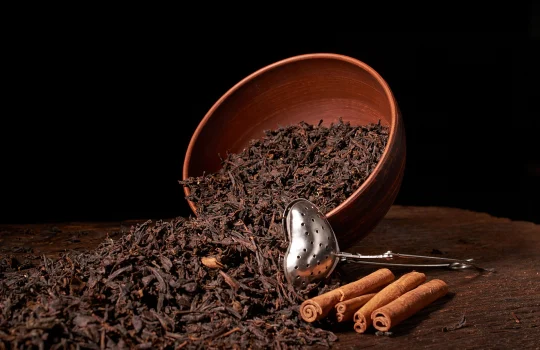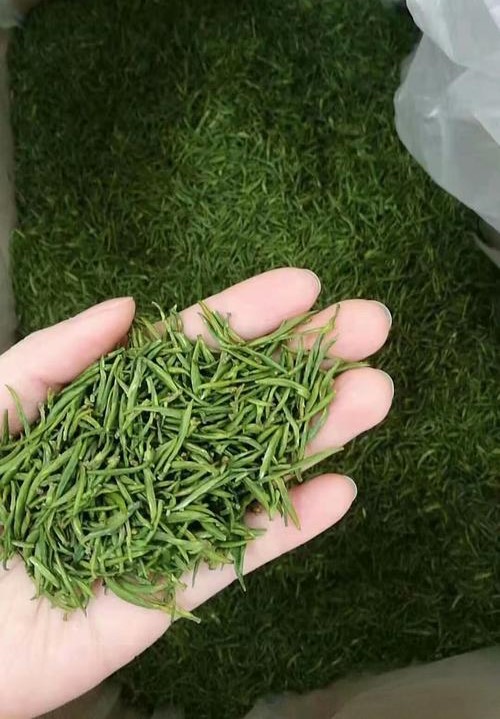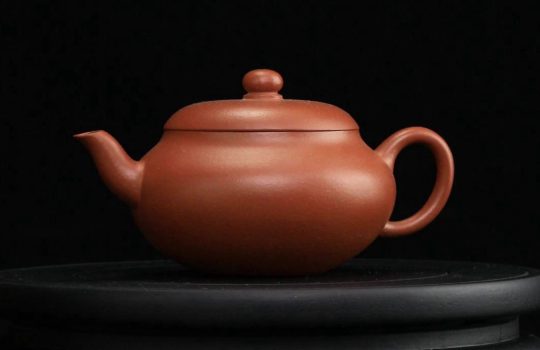Lianxin Green Tea Origin: Taimu Mountain, Fuding County, Fujian Province.
Quality Characteristics: Dry tea has a slender, compact appearance with prominent tips, a yellow-green colour, and resembles the ‘pistil’ of a lotus seed.
Tea Colour: Clear orange-green.
Aroma: Delicate and fragrant with a hint of mung bean aroma.
Taste: Mellow, fresh, and refreshing.
Leaf base: Buds and leaves form clusters, tender green and uniform.
Detailed Introduction to Lotus Heart Green Tea
Lotus Heart Tea is named for its slender, delicate appearance, resembling the heart of a lotus seed. It is a traditional Chinese famous tea, originating during the mid-Ming Dynasty or slightly earlier. Lotus Heart Green Tea is an early renowned variety of Lotus Heart Tea and also serves as a general term for high-quality, tender, pan-fired green teas from the northern and eastern regions of Fujian Province. Lianxin Tea is made from the bud and two leaves of Fuding Dabai tea, processed through four steps: withering, killing the green, rolling, and drying. Jasmine Emei and Jasmine Xiumei, made using Lotus Heart Green Tea, are outstanding teas that are not only popular domestically but also deeply loved by overseas Chinese in Southeast Asia, and have always been well-received by consumers both at home and abroad.
Physical Characteristics of Lotus Heart Green Tea
Lotus Heart Green Tea has a slender appearance, a greenish-yellow colour, and a bud at its centre resembling the heart of a lotus seed. It has a delicate aroma with a subtle hint of mung bean fragrance. When brewed, the tea liquor is clear and orange-green, with tender and uniform leaves forming blossoms. When steeped in a cup, the two leaves open facing each other, creating an elegant and charming sight. The taste is rich, fresh, and refreshing. When brewing the first infusion of Lotus Heart Tea, leave a small amount of liquid in the cup when nearly finished drinking, and it can be re-brewed and enjoyed until the flavour becomes too diluted.




